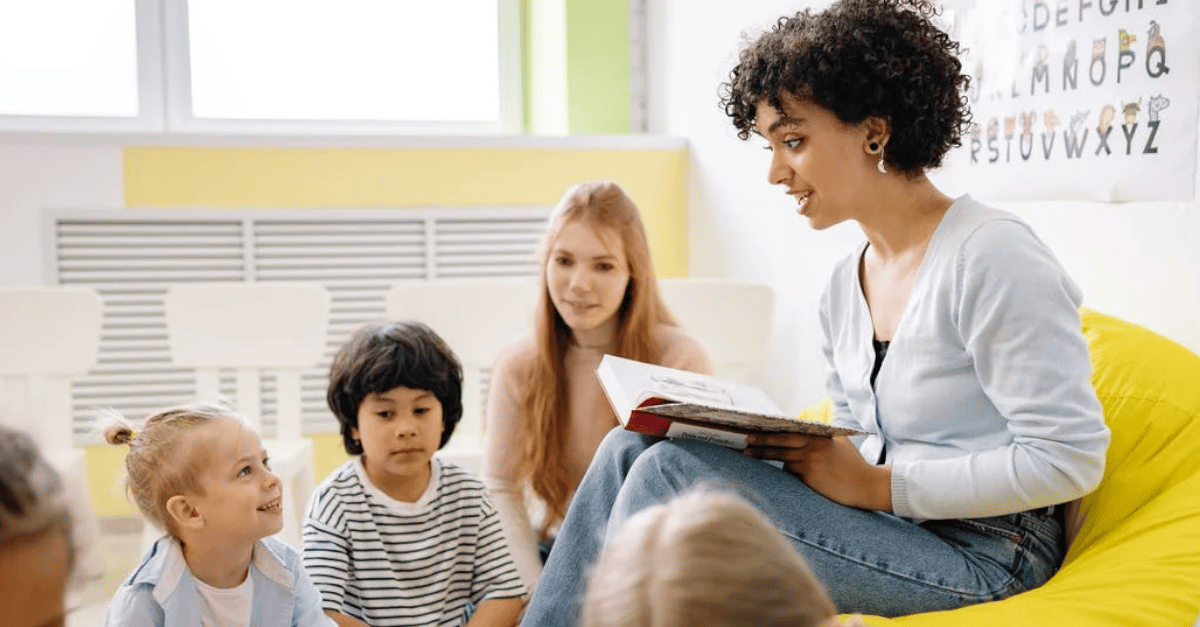
Mindfulness Exercises – 10 Things Teachers Can Do
Finding ways to put in mindfulness exercises, self-love, and other mental health tools are becoming more and more accepted across the country and around the world. So, here are some examples other teachers have found useful to incorporate into their daily teaching lives. There are obviously WAY more than 10, but these are simple ones to get you started that one cost you might at or (or nothing at all).
Sparkle Jar
This one has been recommended around the internet quite a bit. And it’s something that’s really easy to slip into your classroom. Just take a large jar, fill it with water, different kinds of glitter, and glycerin, and then glue the lid on so nothing comes apart. There are plenty of recipes on the internet to give more detailed instructions.
Kids give it a shake and a swirl and watch how the content moves and settles. It can be quite relaxing if they need a quick come down from a stressful moment or previously high-energy activity.
Sensory Walk
You don’t actually HAVE to walk, but taking a stroll is so much better. Walk around the school property and get the class to write down 5 things they normally they wouldn’t have noticed in the way of smell, hear, see, feel, and maybe even taste. If outside isn’t an option walk up and down the halls (quietly so as not to disturb the other rooms) and do the same thing).
Musical Drawing

Pick a piece of music with no words. It doesn’t have to be classical – like something off of bugs bunny (but extra points for the cultural exposure). Rather, a piece that has moderate ups and downs. Then, all the class needs to do is take whatever art supplies (give them a wide variety so they can express themself freely) and have them draw what they hear or feel while the music is flowing.
It doesn’t have to be anything recognizable. In fact, having them practice abstract expression can be a good stepping stone to muddling through things like trying to express anger (which as we all know is a muddle of many emotions that come out as one).
Mindfulness Exercises in a Designated Day
School schedules might not be that forgiving with trying to work mindfulness and self-care routines in any amount that will garner and visible process. However, if you can try to sneak in 5 minutes here and there. Then, give an entire hour once a week to this topic. Don’t forget to let the parents know so you can be sensitive and plan around any cultural requests.
I’m Happy Because
This really is a gratitude journal. But it will have to be boiled down to whatever your class and their emotional level can deal with. Then again, don’t underestimate the little ones. “I’m happy I got on the swings today” starts teaching gratitude for little things – which, as adults, we tend to forget.
Emotional Word of the Week
Through the help of parents and notice from the school board (if that’s the kind of environment you’re dealing with). It can be valuable to teach kids words to express emotion. For example, anger can be disappointment, frustration, fear, insecurity, etc. Being able to have children identify their emotions at a younger age is a valuable tool that will be priceless as they grow. It can also be infused with other methods of mindfulness for extra healing.
Mindfulness Exercises – The Gummy Bear!
Have you ever tried to suck on a gummy bear until it was completely dissolved? Or the same with a Hershey Kiss? It’s WAY harder than it seems! Challenge your kids to spend the allotted time focusing on the candy in their mount and how it’s slowly going away. It’s when our minds wander that we accidentally chew and swallow it! It’s a bit of competition if there’s energy to burn.
Bell Breathing
It’s hard to not let your mind wander (doesn’t matter how old you are). However, during a simple mindfulness exercise that focuses on breathing. Teachers can use a soothing bell or Tibetan bowl once in a while to draw the class’s minds back. Simple, but sometimes more relaxing than hearing someone tell you to focus.

Body Scan
This mindfulness activity is perfect for school or home. Sometimes the swirl of young minds can be a tempest and getting them to relax and feel impossible. If so, try a body scan. Have them lay down and do a few deep breaths.
Starting from the top of their head, have them focus on the spot, and flex the muscles there as hard as they can for a few seconds. Then, let go. Do this going down the body. By the time you reach the toes. The classroom will be in bliss. There are lots of guides body scans online if you’re not comfortable speaking on your own.
Fish Tanks
If you’re lucky enough to have a school with a generous budget, see if you can get a big fish tank. And why not? If Google corporate puts them in to relax their workers, it’s good enough for students. Put it in a darker corner of the room with a few bean bag chairs and if someone is having a really hard time, they can go watch the fish! They’re the best pets for mindfulness.
And, don’t forget to share these mindfulness exercises with others so more teachers, even parents, can benefits!













